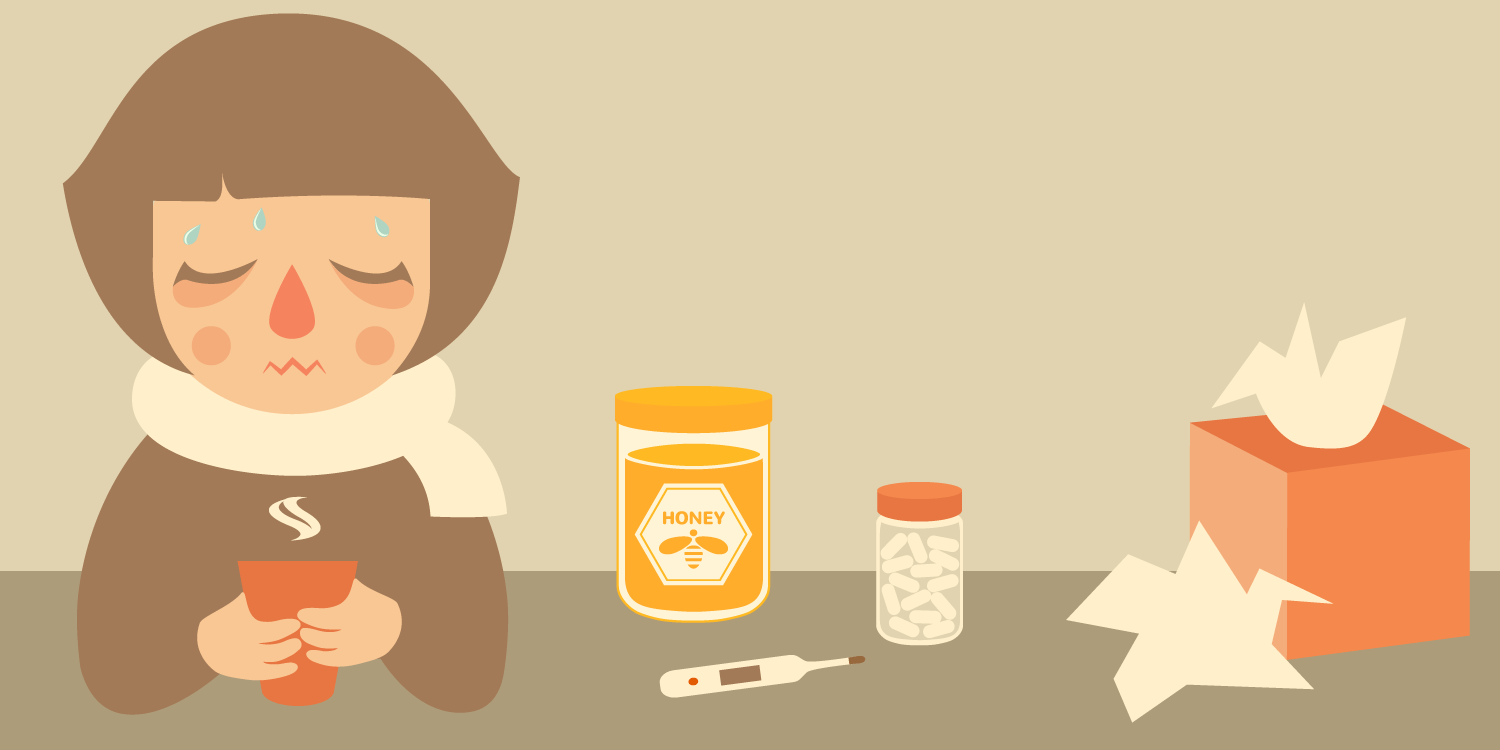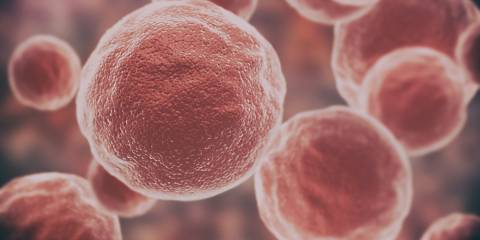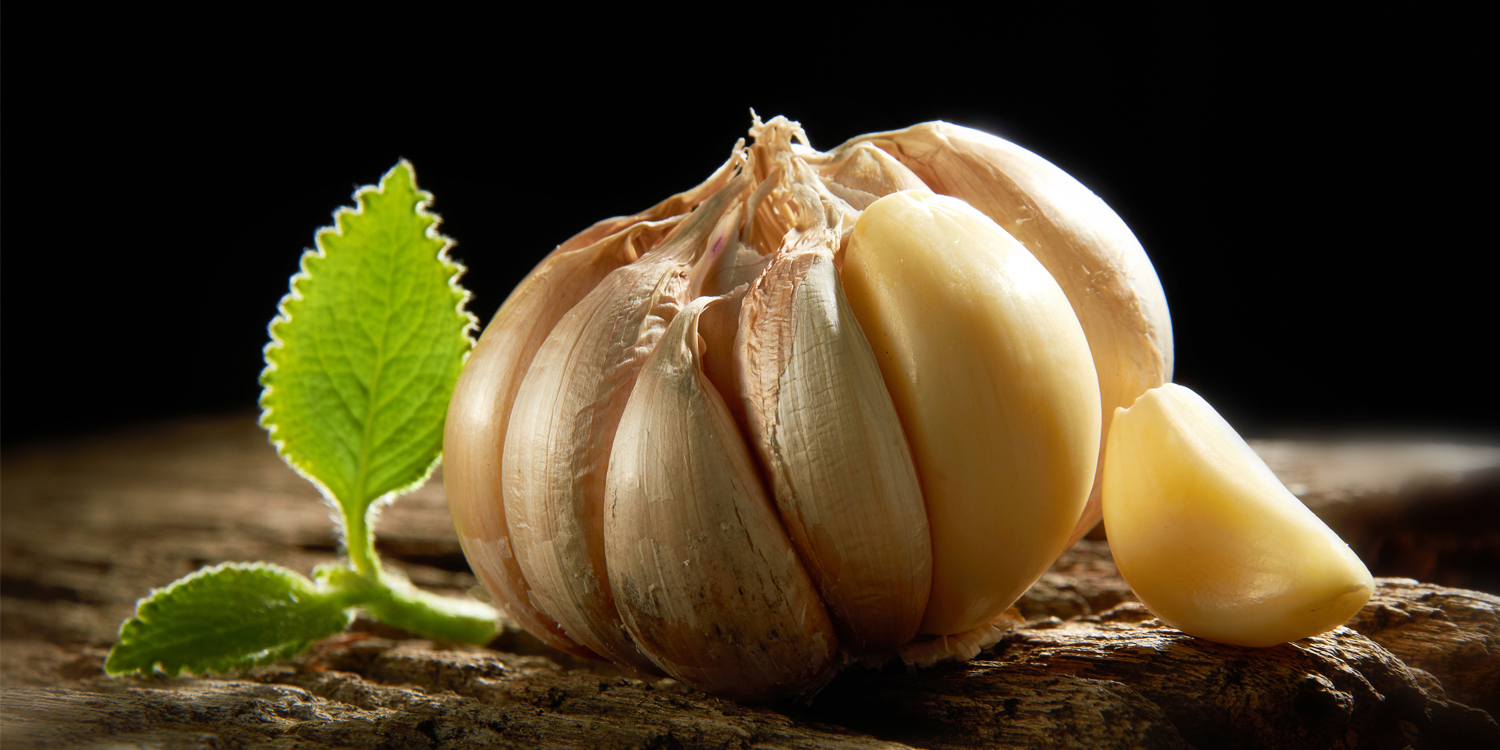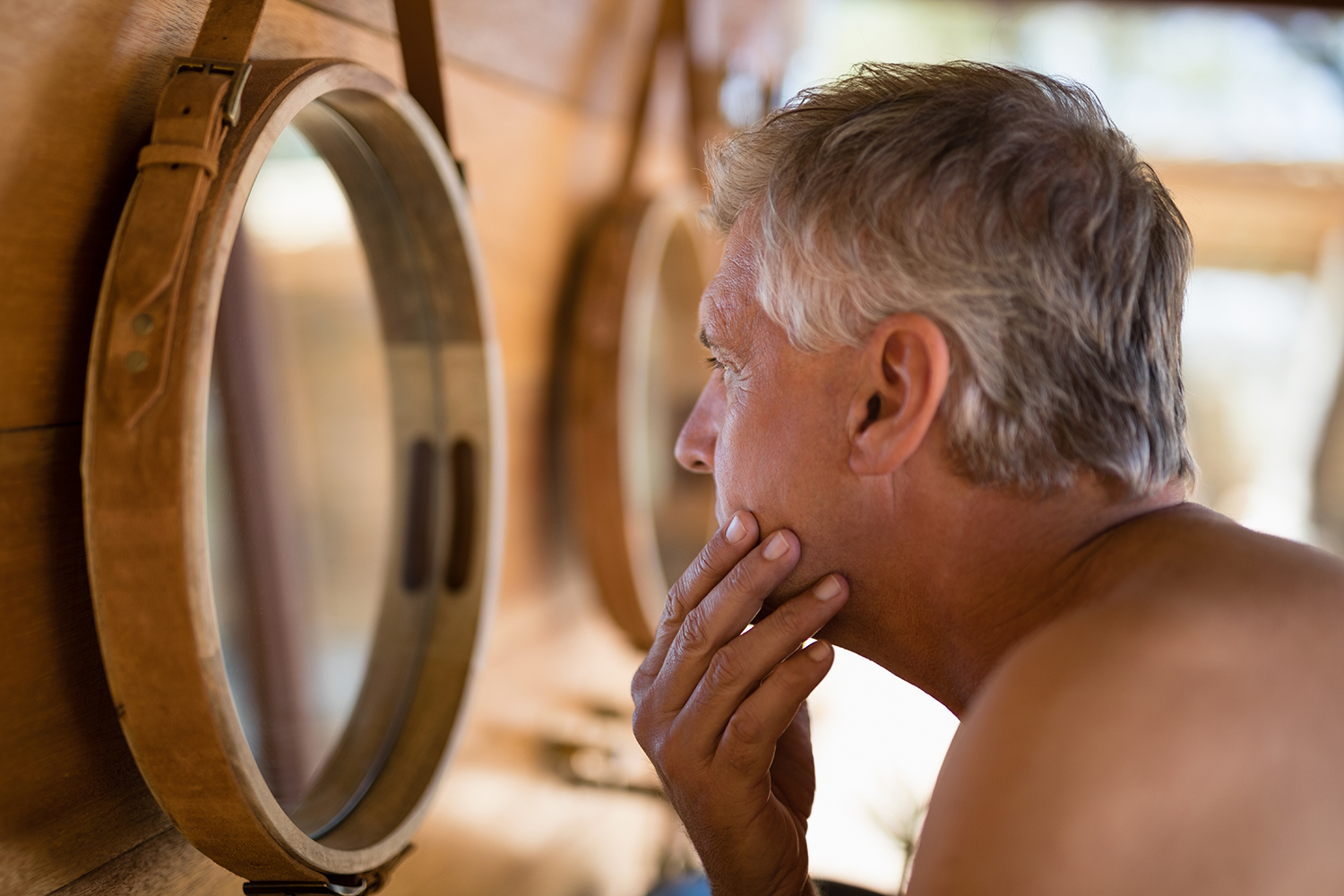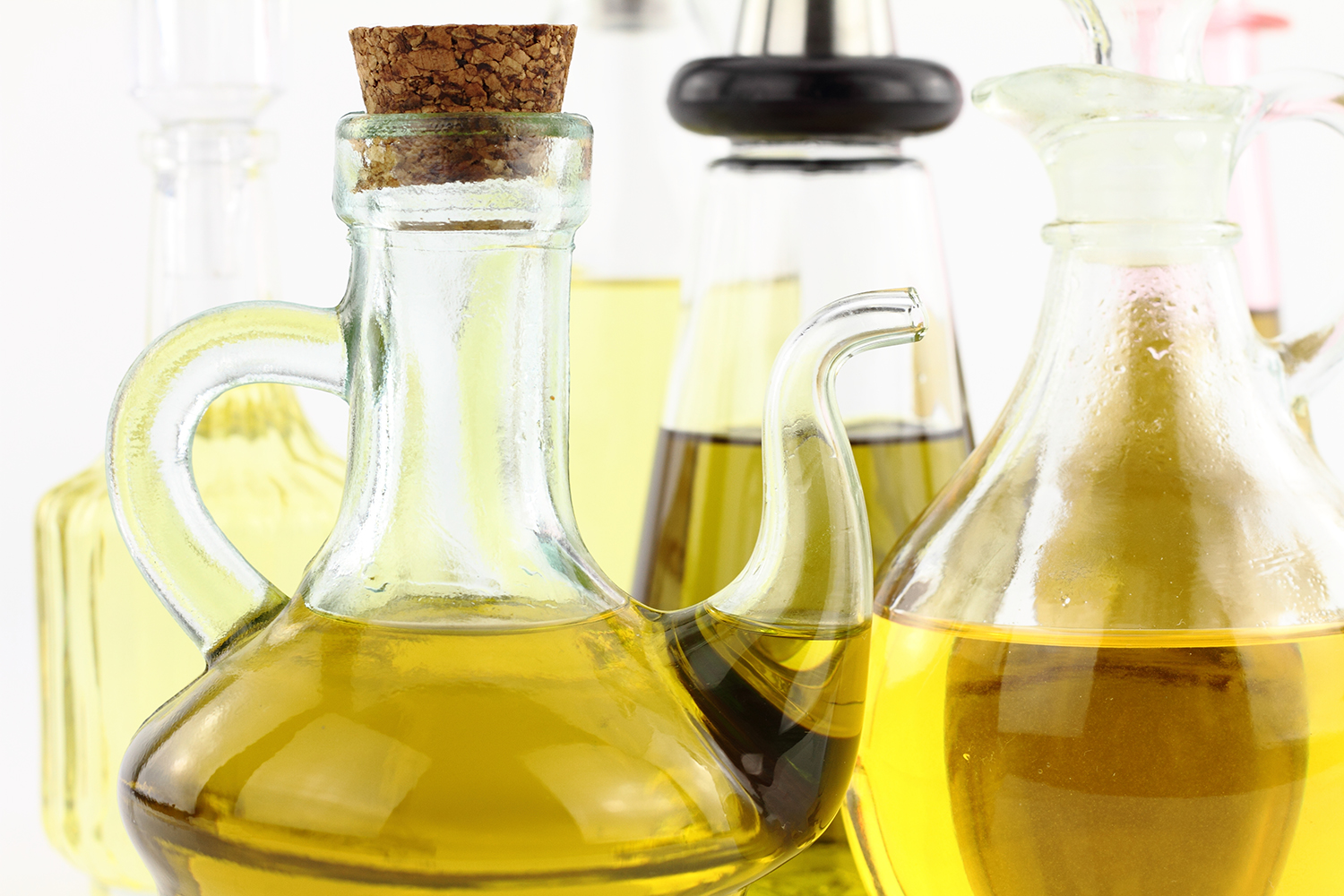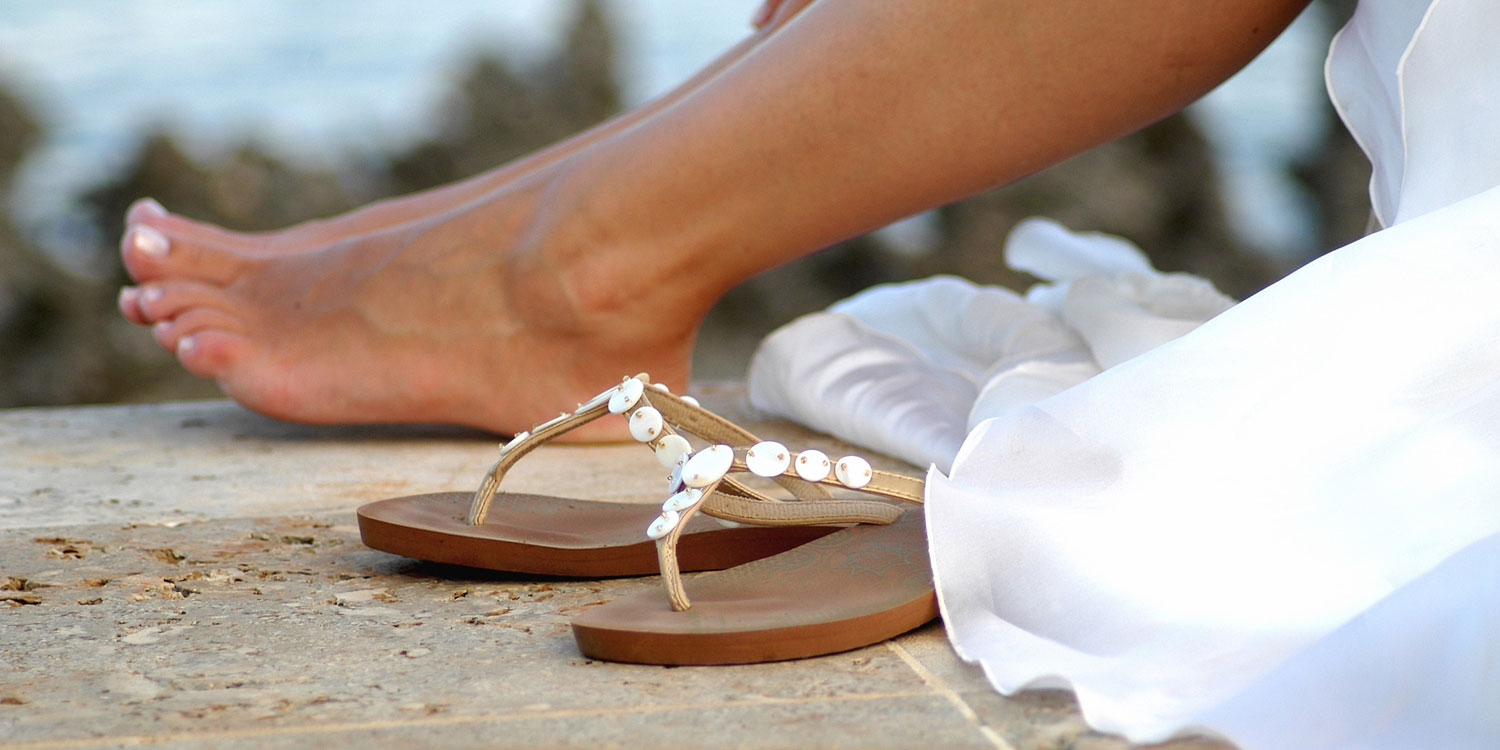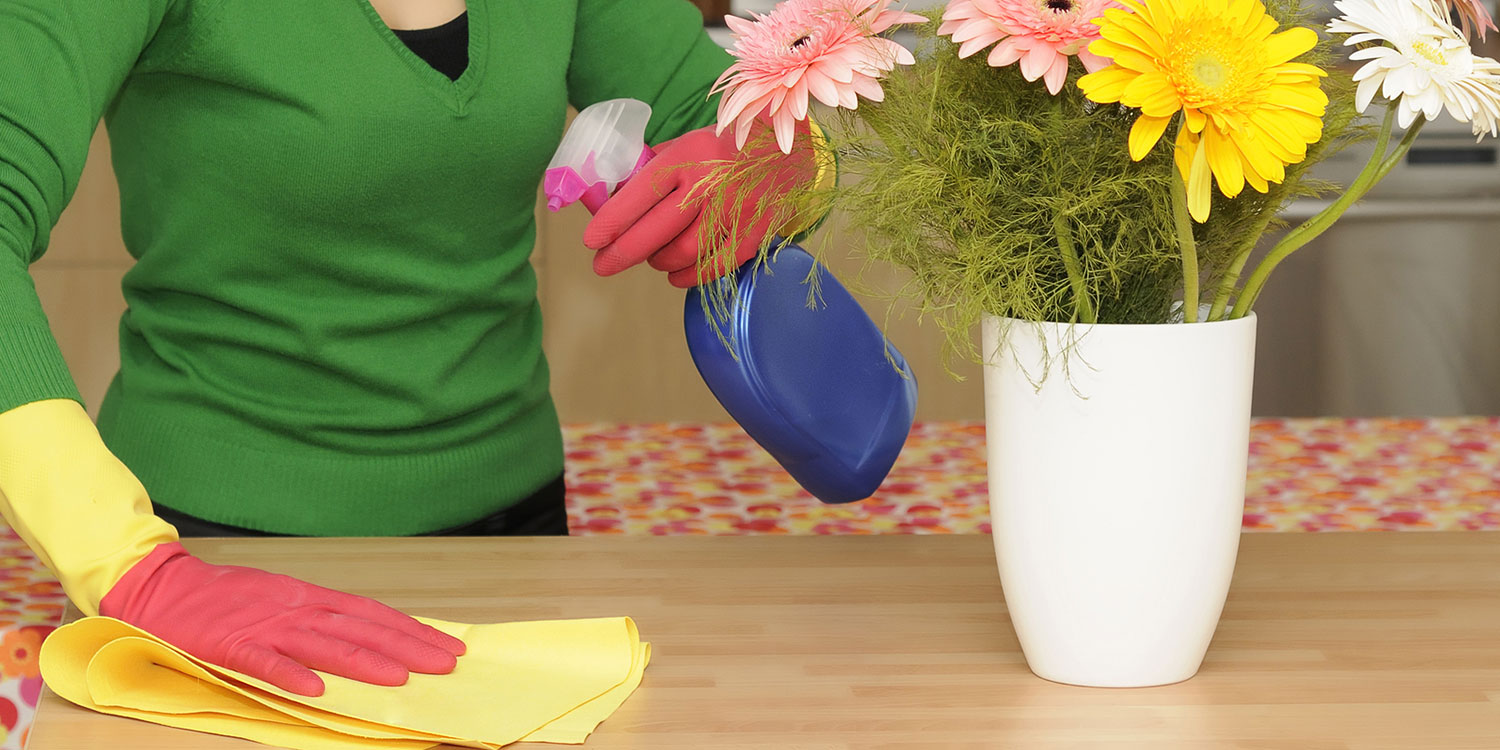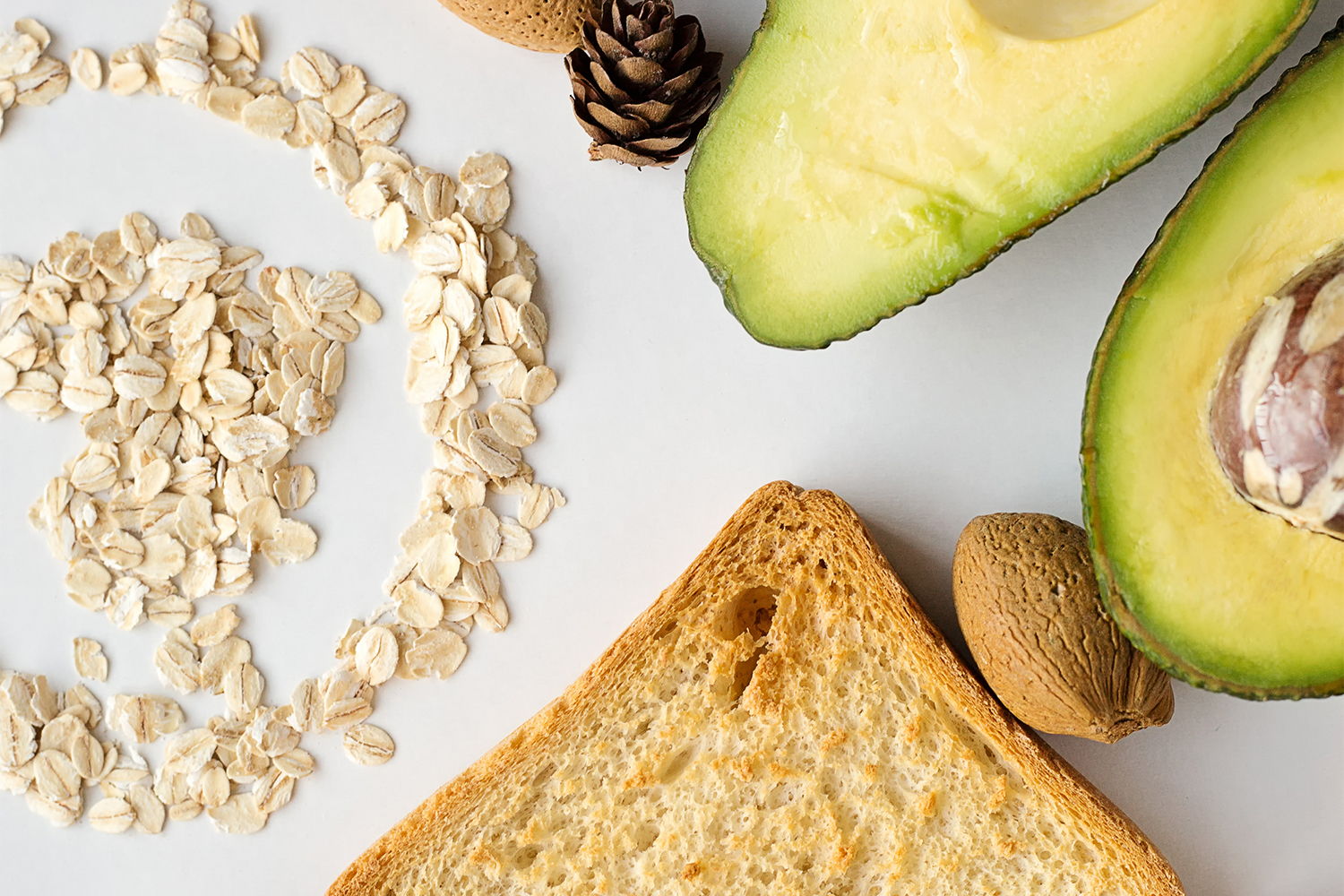With cold season in full swing, a just-released study points to a readily available supplement for relief. Pycnogenol, a pine bark extract, reduced sore throats, fever, congestion, headaches, coughing, and sneezing. Participants took 100 milligrams per day after cold symptoms appeared. Their colds were shorter and less severe than people in a control group.
Click here for effective and natural cold and flu remedies. (Yes, chicken soup is on the list!) For homeopathic help, consider these options.
